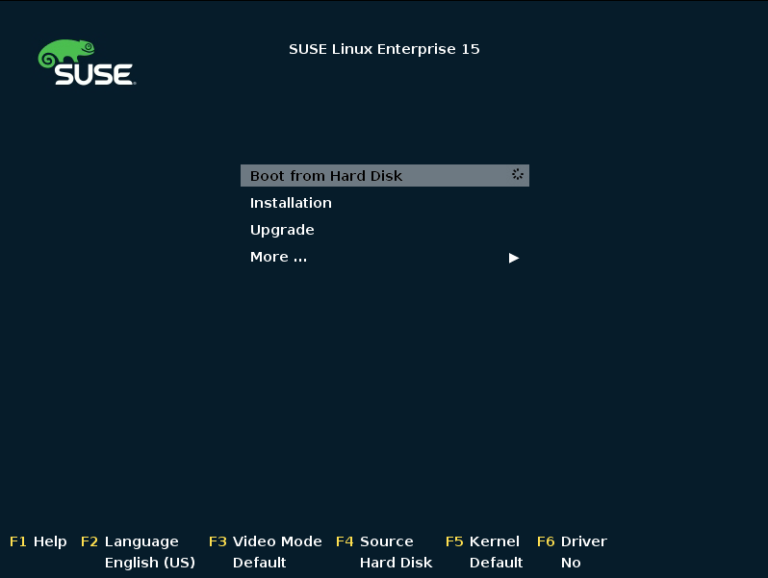
Click on the continue button after entering the hostname. In this step, the image is copied to our hard disk, our network interfaces are probed, and then we are prompted to enter a hostname for the system. Step 4: Configure the Network – Enter Hostname The next step will be specifying our geographic location.

Select the preferred language on the next screen and click on the Continue button. Here we can choose either Graphical Install or Text-Mode install.įor our example, we will choose the Graphical install. We will be greeted with the Kali Linux boot screen. To start the installation, boot the system with either CD or USB, whichever installation medium we have chosen. Let us look at the Installation steps of Kali Linux: Step 1: Boot Screen

Our system will need to have a CD-DVD Drive support or a USB boot support.We will need a RAM for systems using i386 and amd64 architectures, with at least 1GB of RAM, but it is recommended to have 2GB of RAM or more.

We will require at least 20 GB disk space to install Kali Linux.


 0 kommentar(er)
0 kommentar(er)
